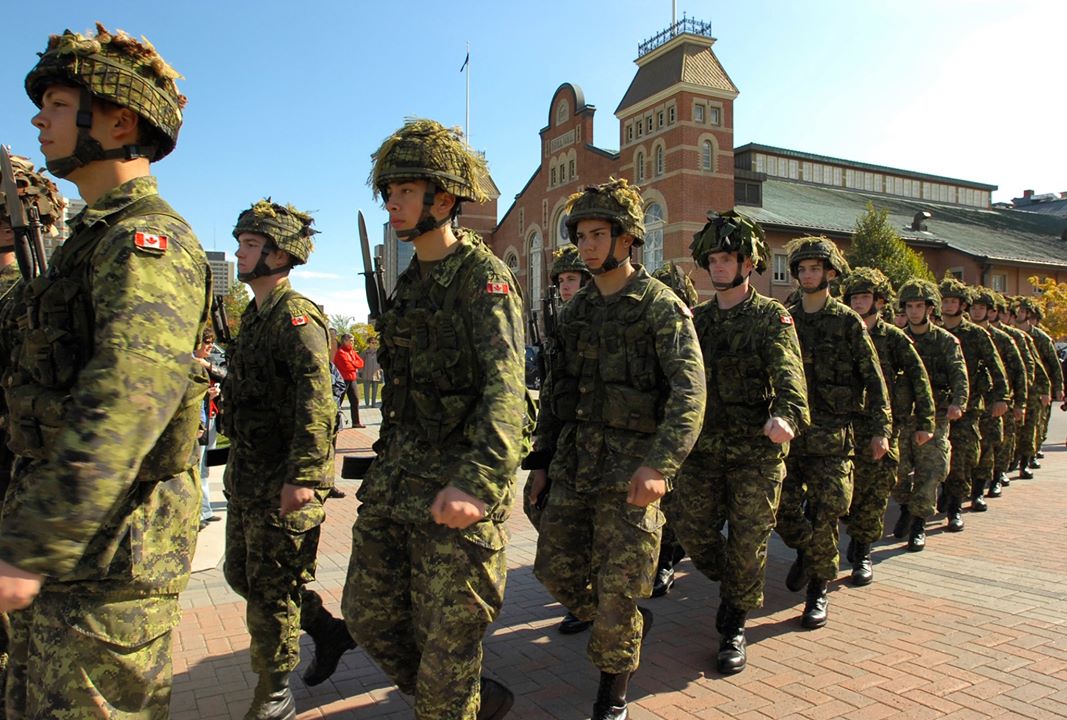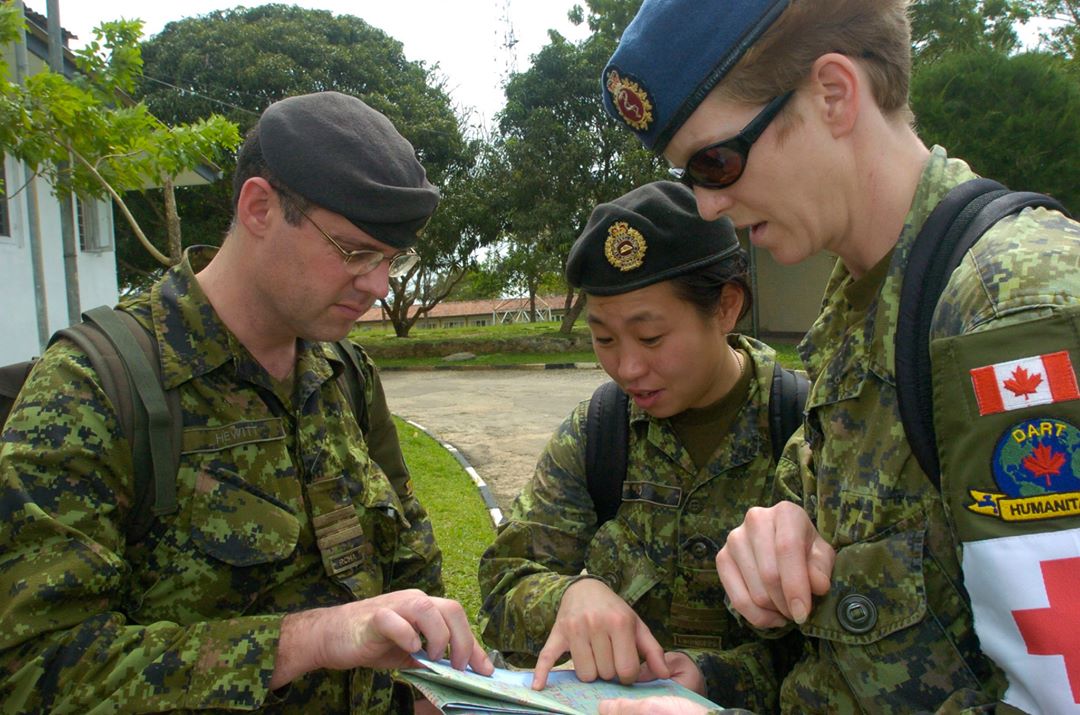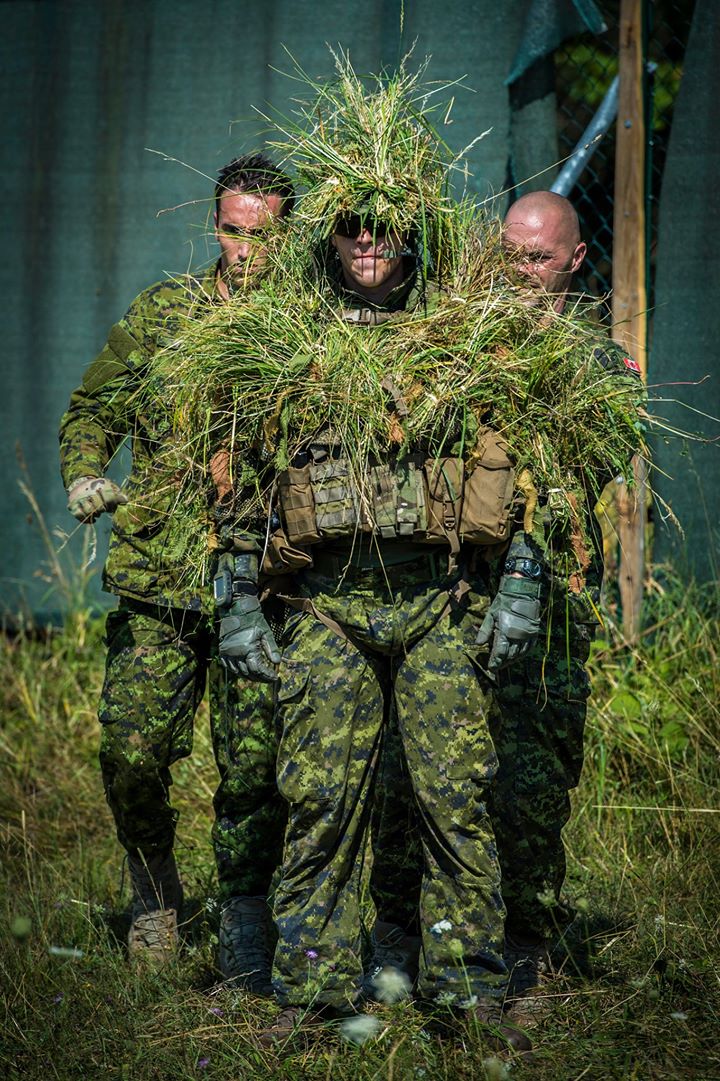By Steven Fouchard, Public Affairs, Canadian Army – from the Canadian Army Facebook page.
This is the third in a series of four articles tracing the origins and development of CADPAT – from Canada’s initial recognition of disruptive camouflage as the way forward, to field trials assisted by our allies and, finally, to its emergence on the world stage, where it was recognized as highly effective and would be widely imitated.

CADPAT also caused a significant disruption in the Canadian textile printing industry. Initial printing for demonstration purposes was done in Europe, Mr. Dumas said, where the largest available rollers – which apply colours to fabric – were 64 inches in diameter, while the largest rollers in Canada were just 60 inches.
“The first attempt in Canada was interesting because when the company in Montreal got the pattern it simply took the pattern and shrunk it to fit on the 60-inch roller,” explained Maj (Retd) Palmer. “We immediately noticed the pattern had changed. And we said to the company representative, ‘You can’t do that. You changed the size of the pattern, which then affects the detection range and the probability of detection. You just erased all the work we did in trying to get the right pattern against the threat that we had identified.’”
“So we came up against a huge technical problem which we eventually solved but it wasn’t a simple task of just throwing it on a series of rollers,” he added. “What we had was an education process for the industry to understand that they couldn’t play with the pattern size.”
Clothe The Soldier
With the pattern having proved successful as a helmet cover, Maj (Retd) Palmer was asked in 1996 to lead the Clothe the Soldier Project, which would include new shirts and pants. Then-Army Commander Lieutenant-General William Leach agreed CADPAT was the way forward.

“So it wasn’t a definitive decision to go to CADPAT by the chain of command up front,” Maj (Retd) Palmer explained. “It was incremental, but there’s no question if we hadn’t had the Clothe the Soldier Project we’d still be trying to get into CADPAT.”
Canada was not the first NATO member to embrace a disruptive pattern, but it did set a new standard with CADPAT.
